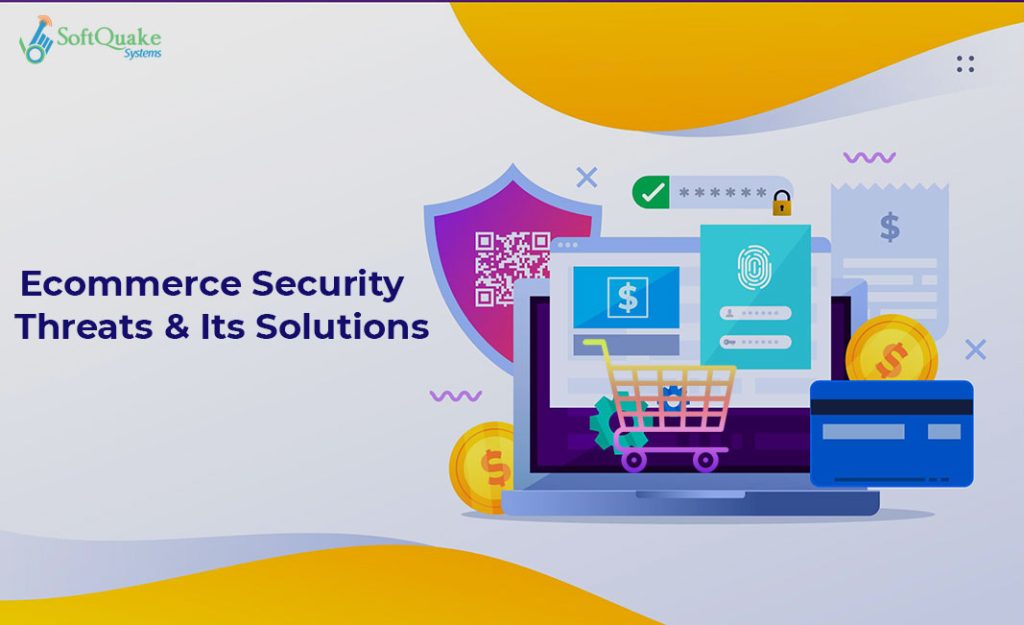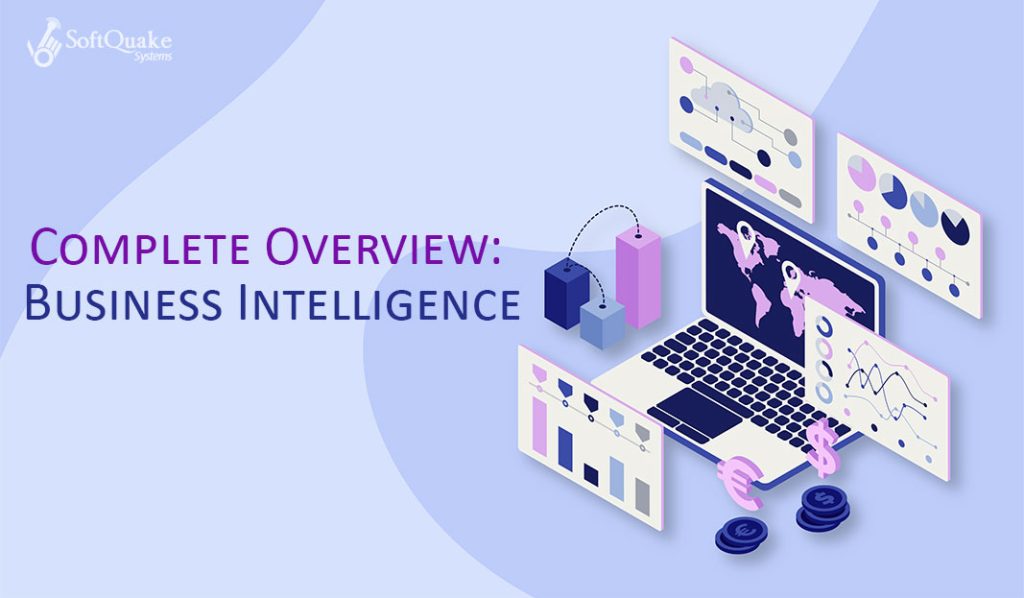
In today’s digital age, ecommerce has become an integral part of our lives, allowing consumers to shop from the comfort of their homes. However, with the rise of online shopping comes an increase in cyber threats targeting ecommerce websites. Building strong security measures for your ecommerce site is crucial to protect your business and customers from online attacks. This guide will explore the importance of ecommerce website security, common threats, best practices, and steps to safeguard your site.
Why Ecommerce Website Security is Required
- Protecting Sensitive Data: Ecommerce websites handle sensitive customer data, including personal information, payment details, and addresses. Protecting this data is essential to maintain customer trust and comply with legal requirements.
- Preventing Financial Loss: Security breaches can lead to significant financial losses, not only from direct theft but also from the loss of business due to damaged reputation and the costs associated with mitigating the breach.
- Maintaining Reputation and Trust: A secure ecommerce platform helps in maintaining the reputation of the business. Customers are more likely to trust and continue using websites that ensure their data is protected.
- Compliance with Regulations: Various regulations like GDPR, CCPA, and PCI DSS mandate specific security measures for businesses handling customer data. Compliance is necessary to avoid legal penalties and sanctions.
- Preventing Business Disruption: Cyber-attacks can disrupt business operations, leading to downtime and lost sales. Ensuring robust security helps in maintaining continuous business operations.
Common Ecommerce Security Threats
- Phishing Attacks: Cybercriminals use fake emails and websites to trick users into providing sensitive information such as login credentials and credit card numbers.
- Malware and Ransomware: Malicious software can be used to steal data, disrupt operations, or hold data hostage until a ransom is paid.
- SQL Injection: Attackers exploit vulnerabilities in the website’s code to execute malicious SQL statements, which can result in unauthorized access to the database.
- Cross-Site Scripting (XSS): Attackers inject malicious scripts into web pages viewed by other users, which can lead to session hijacking, data theft, and other malicious activities.
- DDoS Attacks: Distributed Denial of Service attacks overwhelm the website with traffic, causing it to crash and become unavailable to legitimate users.
- Brute Force Attacks: Automated tools are used to guess login credentials by trying numerous combinations until the correct one is found.
- Man-in-the-Middle (MitM) Attacks: Attackers intercept and alter communication between the user and the website, potentially stealing data or injecting malicious content.
Best Practices for Ecommerce Security
- SSL Certificates: Use Secure Socket Layer (SSL) certificates to encrypt data transmitted between the user and the website, ensuring that sensitive information is protected.
- Regular Software Updates: Keep all software, including the ecommerce platform, plugins, and extensions, up to date to protect against known vulnerabilities.
- Strong Password Policies: Enforce strong password policies for both customers and administrators, including the use of complex passwords and regular password changes.
- Two-Factor Authentication (2FA): Implement 2FA to add an extra layer of security for user accounts, making it harder for attackers to gain access.
- Regular Security Audits: Conduct regular security audits and vulnerability assessments to identify and fix potential security weaknesses.
- Firewall and Anti-Malware Protection: Use firewalls to block unauthorized access and anti-malware software to detect and remove malicious software.
- Secure Payment Gateways: Use reputable and secure payment gateways that comply with PCI DSS standards to process transactions.
- Data Encryption: Encrypt sensitive data stored in the database to protect it from unauthorized access.
- Backup and Recovery Plan: Regularly back up data and have a disaster recovery plan in place to ensure business continuity in case of a security breach.
- Customer Education: Educate customers about security best practices, such as recognizing phishing attempts and using strong passwords.
Safeguard Your Ecommerce Site
- Choose a Secure Ecommerce Platform: Select an ecommerce platform that prioritizes security and offers built-in security features.
- Implement Access Controls: Limit access to the website’s backend to authorized personnel only and use role-based access controls.
- Monitor Activity: Regularly monitor website activity for unusual behavior, such as multiple failed login attempts or large numbers of transactions from a single IP address.
- Secure Hosting Environment: Host your website with a reputable provider that offers a secure hosting environment, including server security and regular updates.
- Content Security Policy (CSP): Implement a CSP to protect against XSS attacks by specifying which sources of content are allowed to be loaded by the browser.
- Security Patches: Apply security patches as soon as they are released to protect against newly discovered vulnerabilities.
- Incident Response Plan: Have an incident response plan in place to quickly address and mitigate the impact of a security breach.
- Educate Employees: Train employees on security best practices and how to recognize and respond to potential security threats.
- Secure APIs: Ensure that any APIs used by the website are secure and follow best practices for authentication and data protection.
- Regular Penetration Testing: Conduct regular penetration testing to identify and address security weaknesses before attackers can exploit them.
Conclusion
Building a secure ecommerce website is essential to protect sensitive customer data, maintain trust, comply with regulations, and ensure business continuity. By understanding common security threats and implementing best practices, businesses can safeguard their ecommerce platforms against online attacks. Regular monitoring, updates, and employee and customer education are critical components of a robust security strategy. Investing in comprehensive security measures not only protects the business but also enhances the overall customer experience, leading to long-term success.


 +91 8420731759
+91 8420731759














